
Children with Viral Infection
Measles, mumps, and chicken pox are viral infections characteristic of childhood. They tend to be fairly uncomfortable but only in rare cases do they develop into serious infections. It is advised though that the parents be aware of the signs and symptoms of such inflammations in order to be best prepared to help their child.
Types of Viral Infections: Measles
There are two distinct types of measles that differ, among other things, in the duration of the symptoms. The rubella are measles which usually last for 3 days, while rubeola persist for 10 days. Both rubella and rubeola are characteristic of infants and young children and neither is particularly dangerous for the general population. On the other hand, rubella can be very dangerous for a growing fetus. There has been a vaccine in place against the infection, but there are still plenty of women around the world who either did not have rubella during the childhood or were not inoculated. Further, children should be vaccinated against rubella as well in order not to spread the infection, but even if there is a contraction of the virus there is little need for medical attention. The introduction to measles starts with a change in sleeping patterns coupled with irritability. Afterwards symptoms that mimic those of a common cold follow and so does a skin irritation which begins behind the ears and soon spreads throughout the body. Abdominal pain and diarrhea are relatively often seen as well. In many instances children have higher than normal body temperatures and a cough. The infected child is usually confined within a home in an isolated room for a few weeks as the measles are highly contagious. It is fairly common that eyes become sensitive so reading or watching TV becomes difficult. There is not much work for health care professionals when it comes to measles but if the symptoms, such as the high body temperature, persist for longer than a few weeks they should definitely be consulted. For the duration of the infection the parents or care givers should provide the child with plenty of fluids as well as mild soups. There are also various herbs which are known to help elevate the symptoms, such as yarrow, Echinacea, and elderberry blossoms. All should be used once the body temperature starts to return to normal. Eyebright eyewash is often recommended to ease the discomfort in the eyes, and when tepid should be places on gentle cloth which covers the eyes and gives relief. As the rash can be fairly uncomfortable the child can be soaked in a warm bath. In addition, the US requires proof of vaccination before a child can be admitted to school. Any school child who’s been affected by measles is advised to rest at home for another 3 days after the symptoms pass before returning to school.
Types of Viral Infections: Chicken Pox
Chicken Pox is another viral infection which usually attacks children. Chicken Pox is highly contagious and the infected person should be isolated for a period of up to 2 weeks. The symptoms are fairly similar to those of measles and include a rash, an elevated body temperature, and an overwhelming feeling of fatigue. The beginning of the infection is characterized by cold like symptoms while the rash first appears on the arms and face. The rash can be very itchy but the child should not scratch it as it could leave scares. In most cases the infection lasts for a week or two and goes away on its own. The medical care professionals cannot help much with such an infection, but if the spots are continuously scratched they can get infected and require medical assistance. Most experts advise the parents to use cotton clothing and bedding and to in many cases cover the hands of the child with gloves to prevent scratching. There are instances in which Chicken Pox can escalate to pneumonia and hepatitis but those are fairly rare. If the child is suffering from an underlying illness of the immune system chicken pox could result in death. Similarly to measles, the infected child should drink plenty of liquids, especially freshly squeezed juices. Soup and steamed vegetables are always advised.
Fever Caused by Viral Infections
A fever is characterized by elevated body temperature while only being the symptom of another underlying condition. Fevers are often seen in young children, but are rarely treated as they go away naturally once a virus that caused them in the first place stops being active. In cases in which the temperature persists for longer than a few days there is a possibility that a bacterial infection is the root cause, and those usually have to be treated clinically. Fevers are easily detectable by touching the child or via exhibition of symptoms like fatigue, irritability, paleness, and so on.



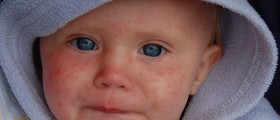
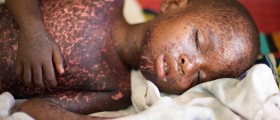



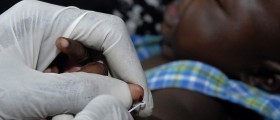
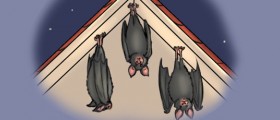



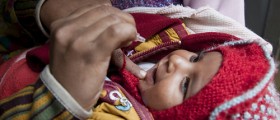



Your thoughts on this
Loading...